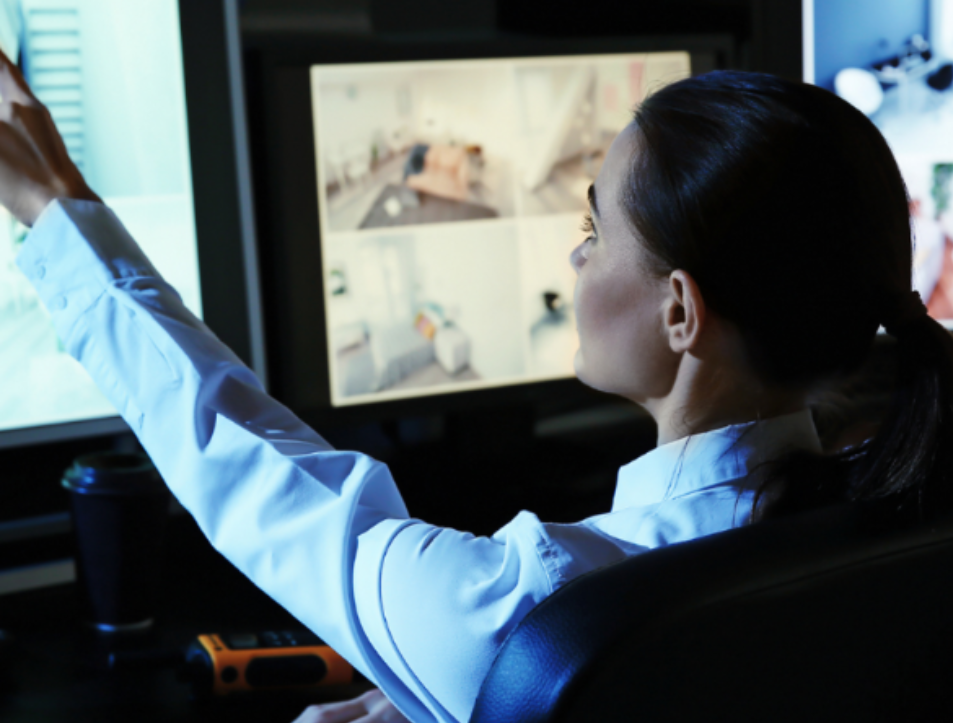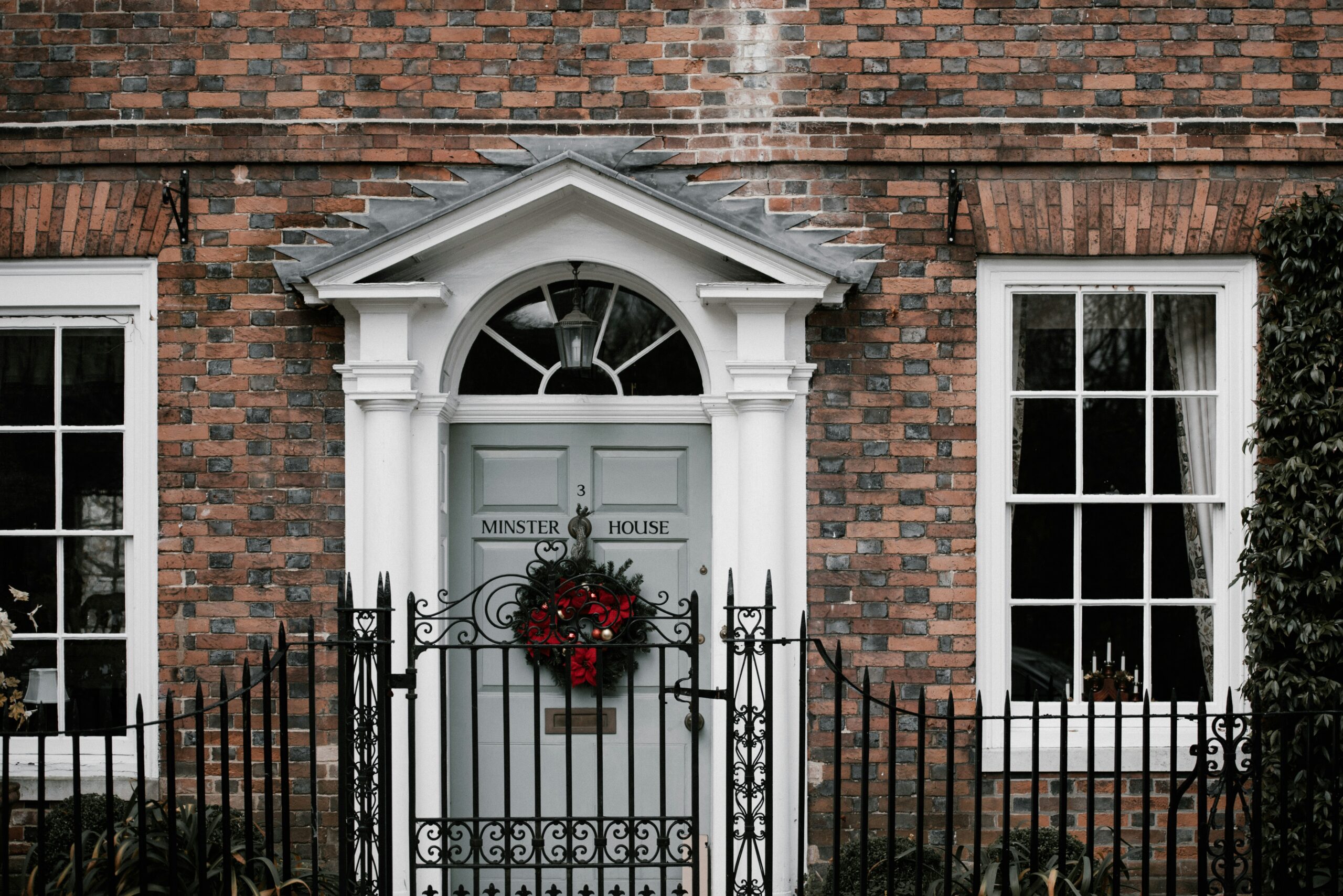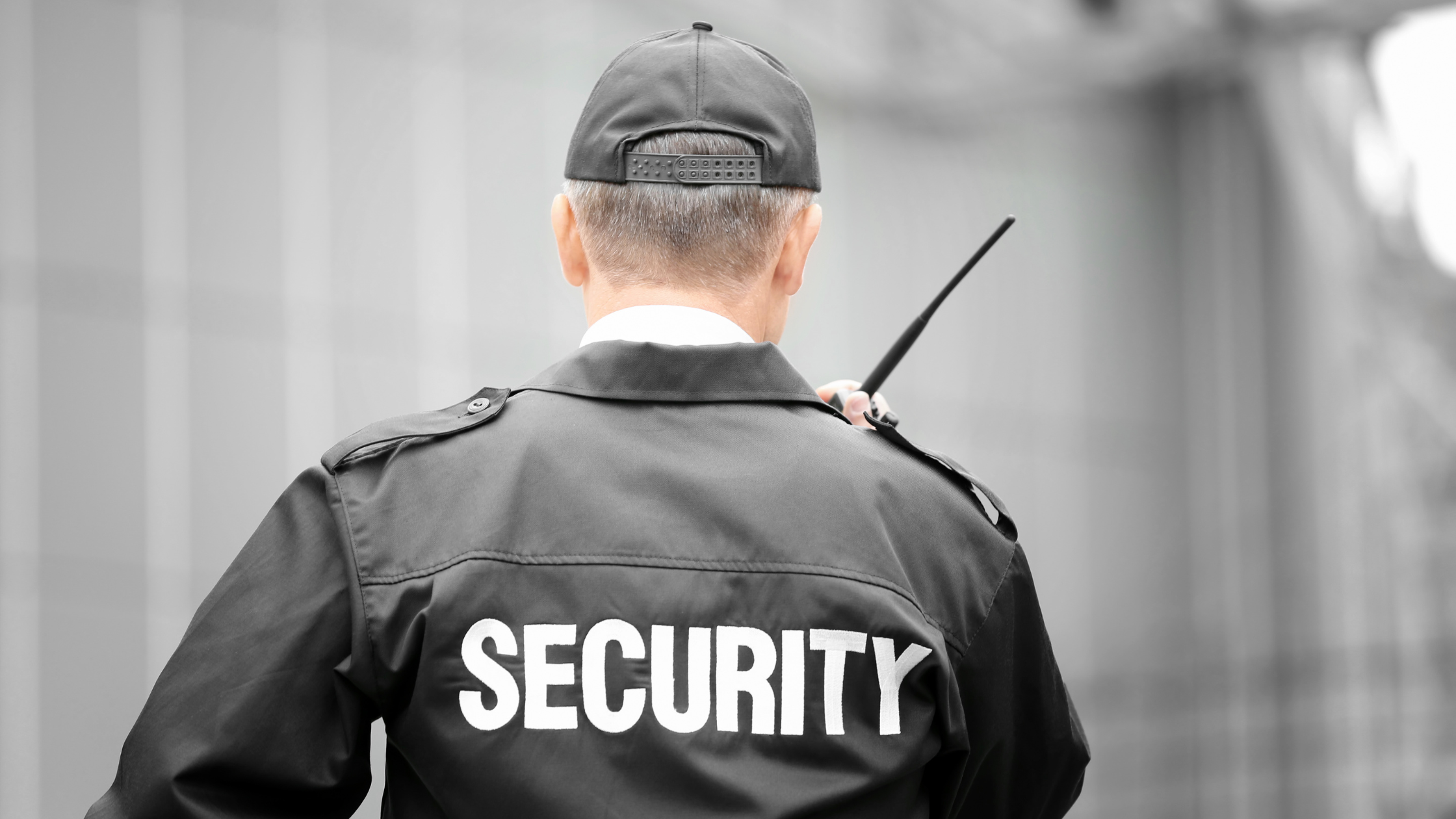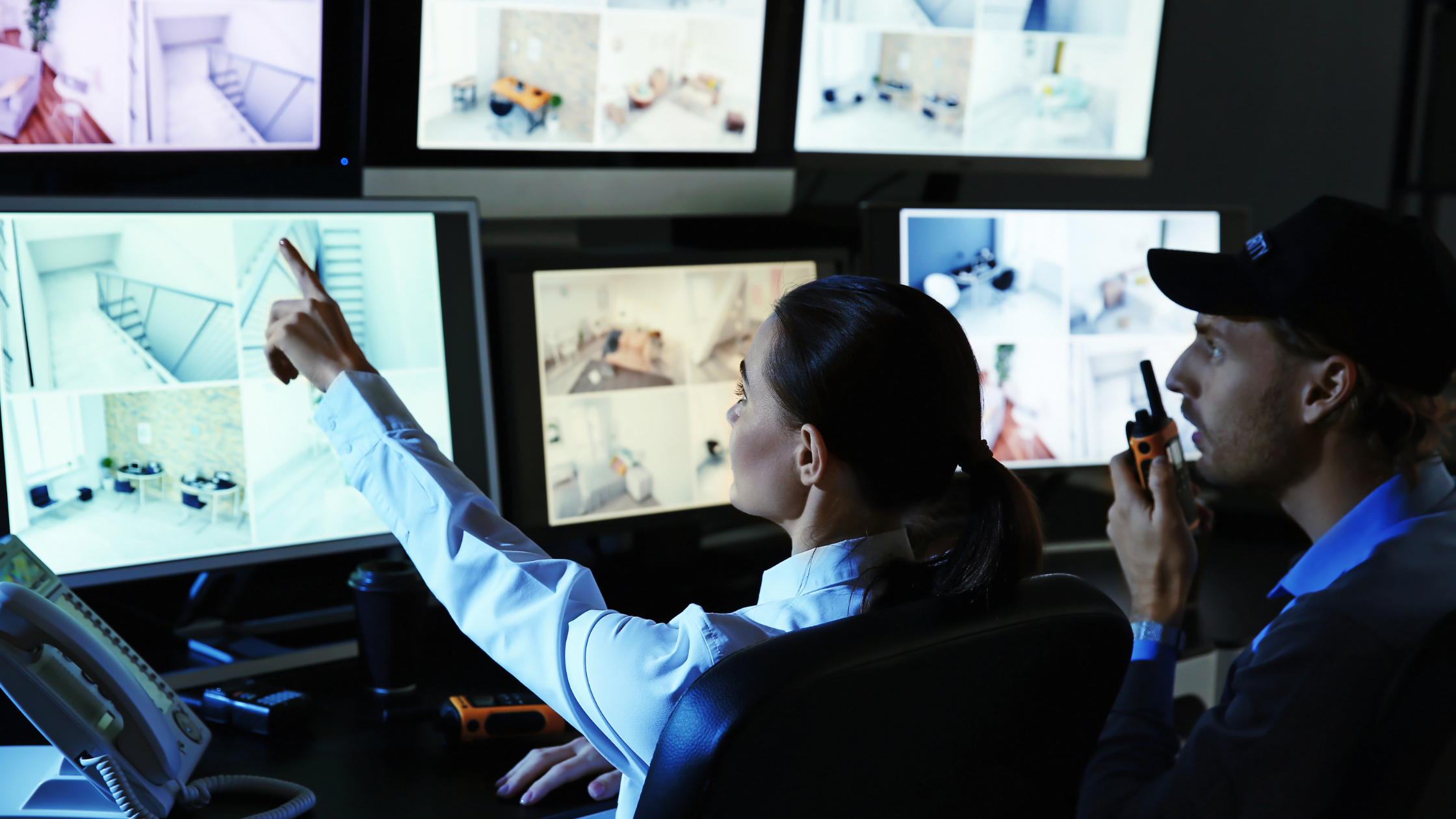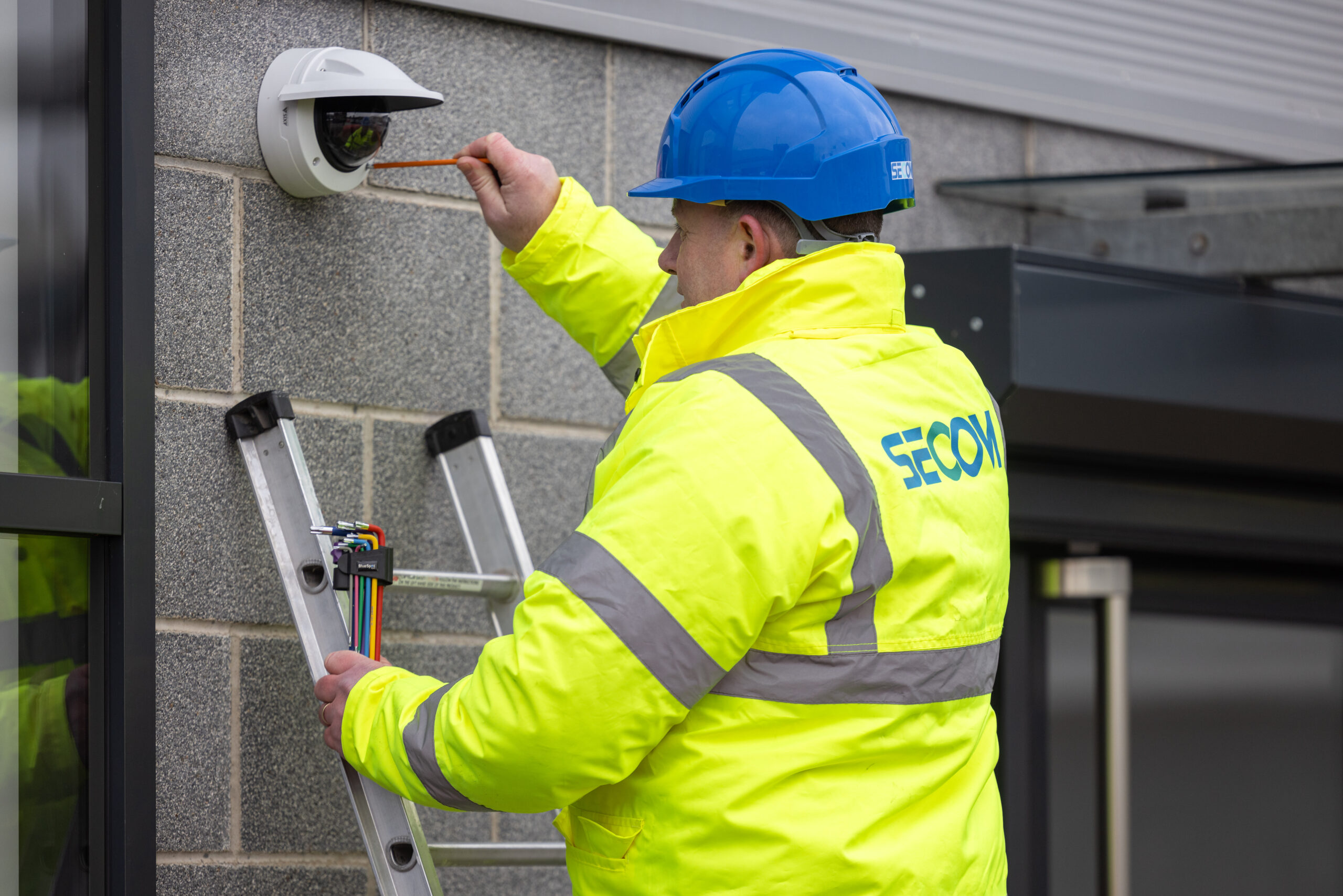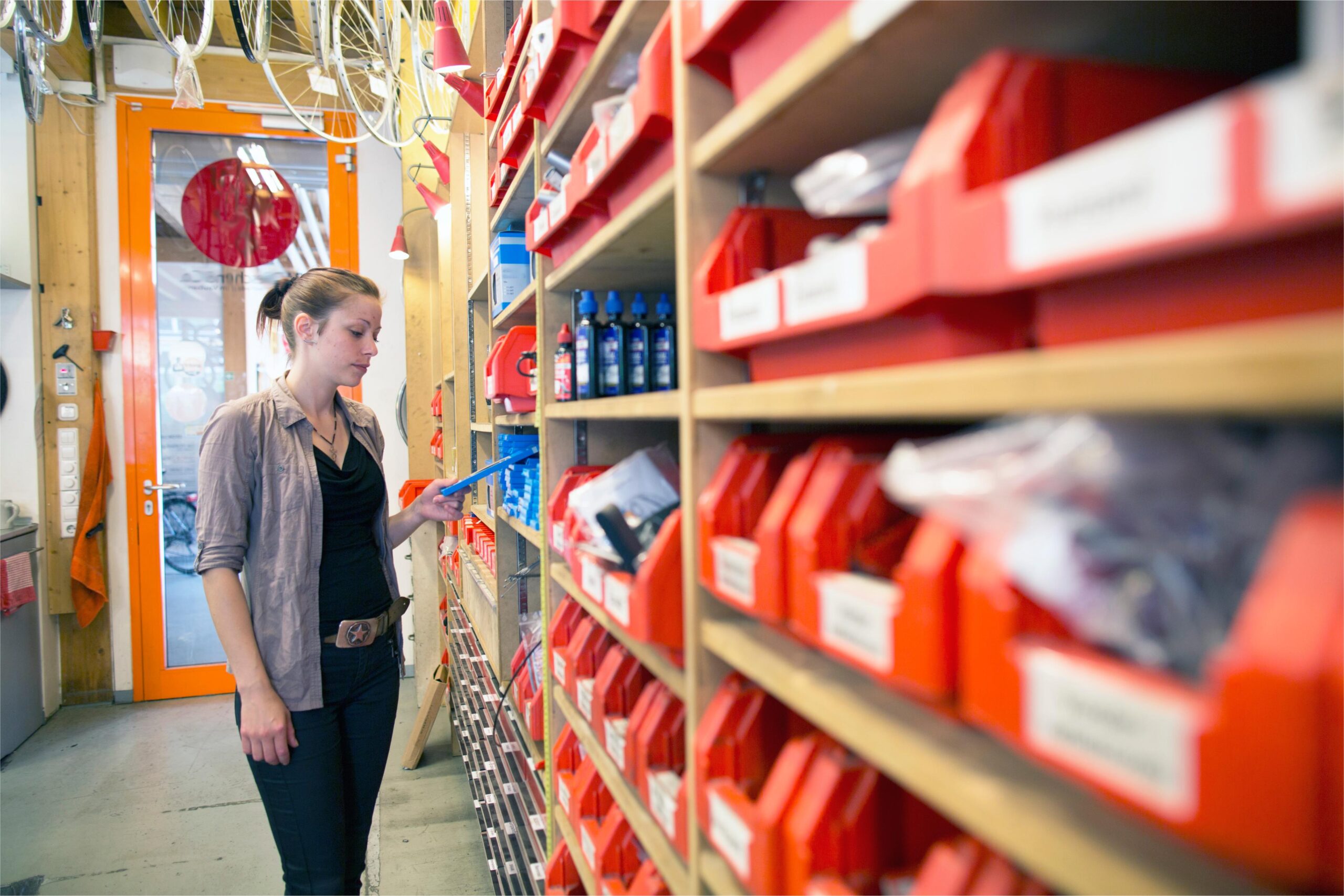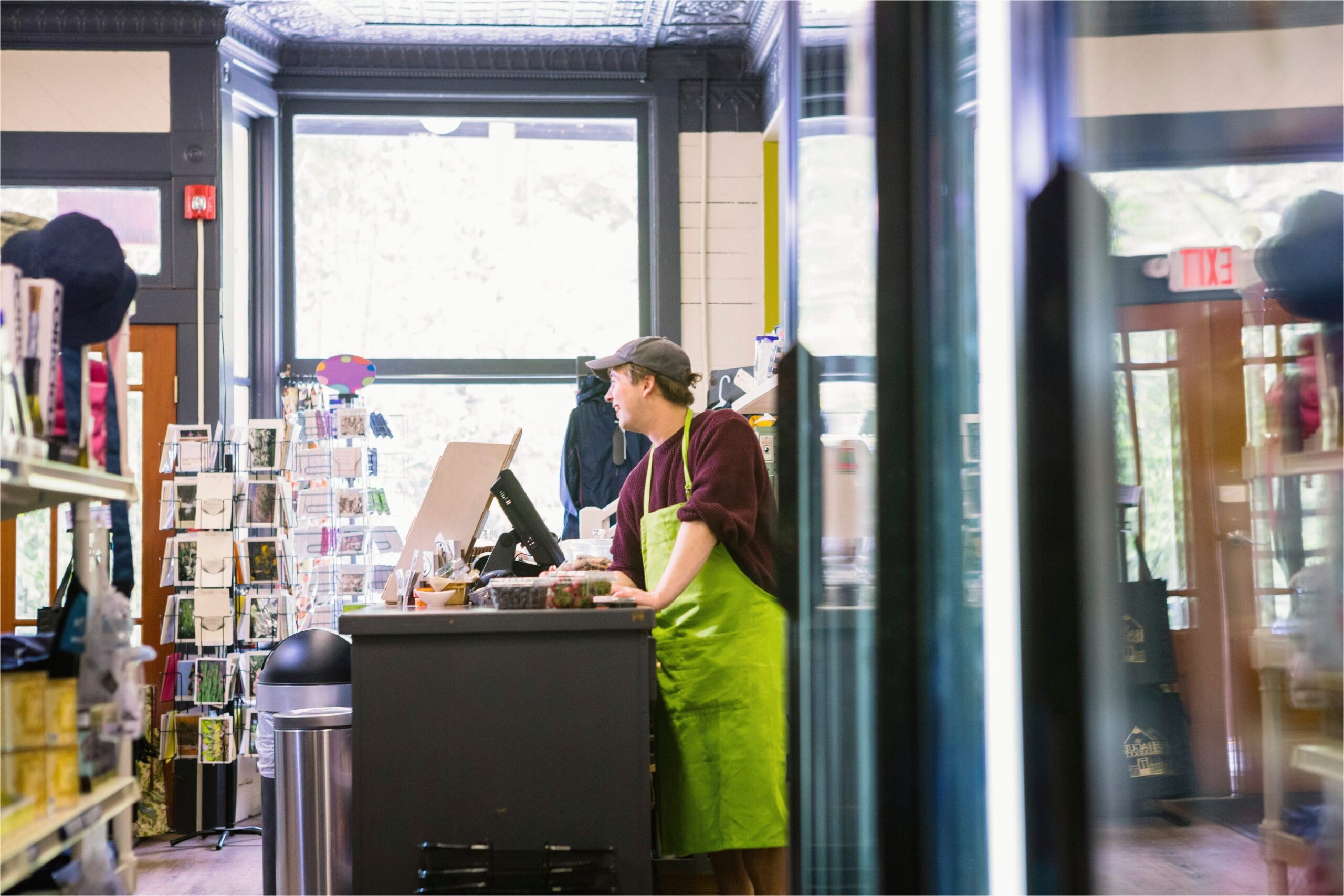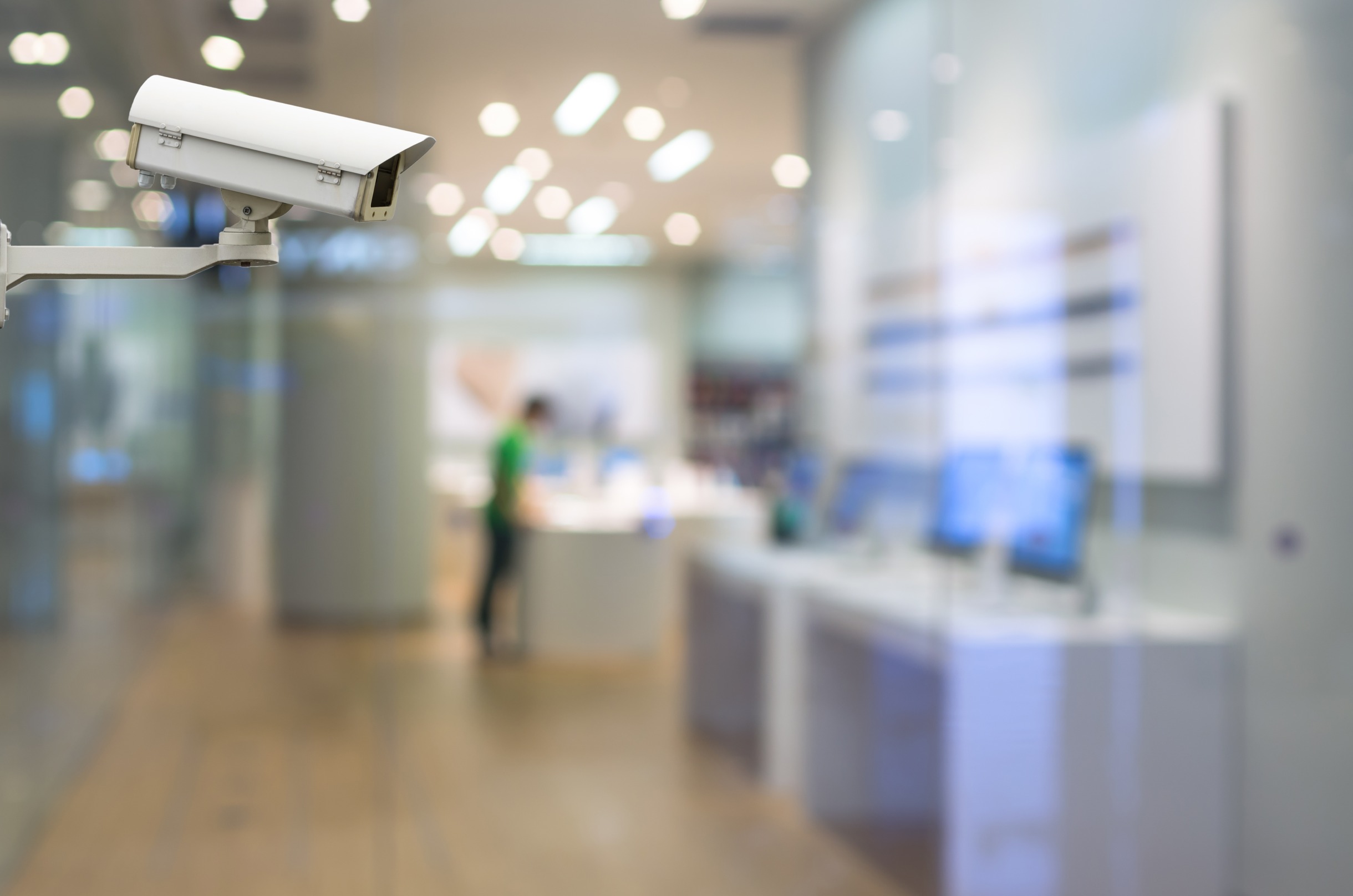Modern CCTV systems are working to keep shops safe across the country, but did you know that they can optimise operations and provide key customer information?
Video analytics is one such technology making significant strides. By integrating advanced CCTV systems with video analytics, retail stores can unlock a wealth of actionable insights.
This blog will explore how retail stores can streamline their operations using video analytics, focusing on key aspects like footfall analysis, heat mapping, and queue management.
Footfall analysis: understanding customer traffic
Footfall analysis is a critical component of video analytics, providing more than just a count of visitors. It delves into the nuances of unique visitor patterns and behaviours. By using SECOM business CCTV systems, retailers can gather comprehensive data on customer traffic. This data is invaluable for several reasons:
Optimising space usage: understanding how customers move through the store allows for better layout design, ensuring that high-traffic areas are easily navigable, and products are strategically placed.
Enhancing safety and efficiency: identifying peak hours and crowded zones can help in managing staff deployment, enhancing both customer service and in-store safety.
Improving ROI: insights from footfall data help make informed decisions about marketing strategies and store layout, ultimately leading to increased sales and improved return on investment.
Heat mapping: visualising customer behaviour
Heat mapping is another powerful feature of video analytics that provides a visual representation of customer movement within the store. This technology highlights ‘hot spots’ where customers tend to dwell and ‘cold spots’ that receive less attention. Here’s how heat mapping can streamline retail operations:
Product placement: by identifying the areas with the highest foot traffic, retailers can place high-margin products and promotional items in these zones to maximise visibility and sales.
Marketing impact: tracking how customers interact with marketing displays and product placements helps in assessing the effectiveness of marketing campaigns and making necessary adjustments.
Customer experience: understanding movement patterns allows for the optimisation of store layout, ensuring a more seamless shopping experience for customers.
Queue busting: enhancing customer satisfaction
Long queues can be a significant deterrent to customer satisfaction. Video analytics offers an effective solution with queue-busting capabilities. Here’s how it works:
Real-time alerts: the system monitors queue lengths and sends alerts to store managers once a predefined limit is reached, prompting them to open additional checkout counters.
Minimising wait times: by efficiently managing queues, retailers can significantly reduce customer wait times, enhancing the overall shopping experience.
Resource allocation: better queue management also means that staff can be deployed more effectively, ensuring that resources are utilised optimally during peak periods.
Beyond security: comprehensive business insights
While security remains a primary function, modern CCTV systems equipped with video analytics offer much more. SECOM’s smart business CCTV systems provide real-time alerts and customisable detection areas, ensuring comprehensive coverage and operational insights. Here are additional benefits:
Trend analysis: by tracking and analysing trends over time, retailers can make data-driven decisions to improve operations and customer service.
Activity tracking and reporting: detailed reports on various business metrics, such as occupancy patterns and traffic flow, allow for the fine-tuning of store operations.
Remote access and management: with live cloud video streaming and remote camera management, store managers can monitor and manage their stores from anywhere, ensuring flexibility and efficiency.
Industry applications: tailored solutions
These incredible applications of CCTV cameras are applicable to any business that involves customers visiting a physical site. It can provide insights that are impossible to find otherwise and apply to a variety of industries.
Hospitality
In the hospitality sector, understanding foot traffic patterns and customer behaviour is crucial. Video analytics helps in identifying peak operational hours, allowing for optimal staffing and resource allocation. This ensures a seamless and efficient experience for customers, enhancing satisfaction and loyalty. It means you can keep tables free when you need to, and let customers linger during quieter hours.
Retail
Retailers can significantly benefit from video analytics by utilising heat maps to determine the best locations for special offers and promotions. Queue-busting features ensure that customers have a pleasant shopping experience even during peak times, thereby boosting customer satisfaction and retention.
Office
In office environments, video analytics provides real-time data on occupancy and meeting room usage. This enables businesses to optimise office layouts and resource allocation, fostering a more productive and efficient work environment.
Use video analytics in your business
Video analytics is revolutionising the way retail stores operate. From understanding customer traffic and optimising product placement to enhancing queue management and providing comprehensive business insights, video analytics offers a multifaceted approach to improving efficiency and customer experience.
By adopting advanced CCTV systems with video analytics capabilities, retailers can make informed decisions, streamline operations, and ultimately drive greater ROI.
Get in touch with our friendly team and tell them all about your CCTV needs.
